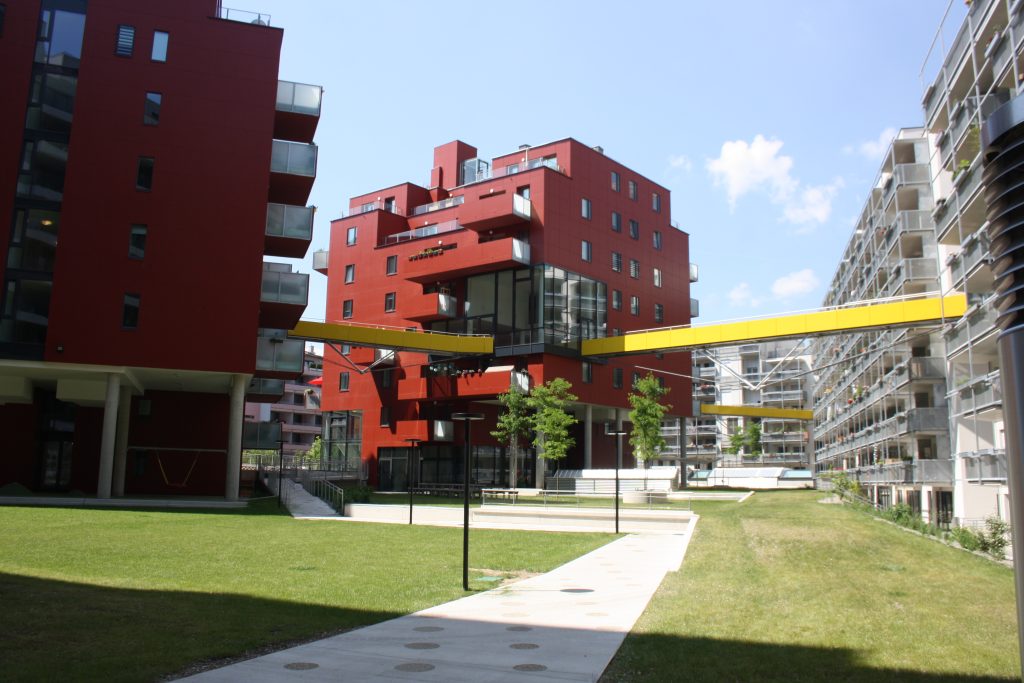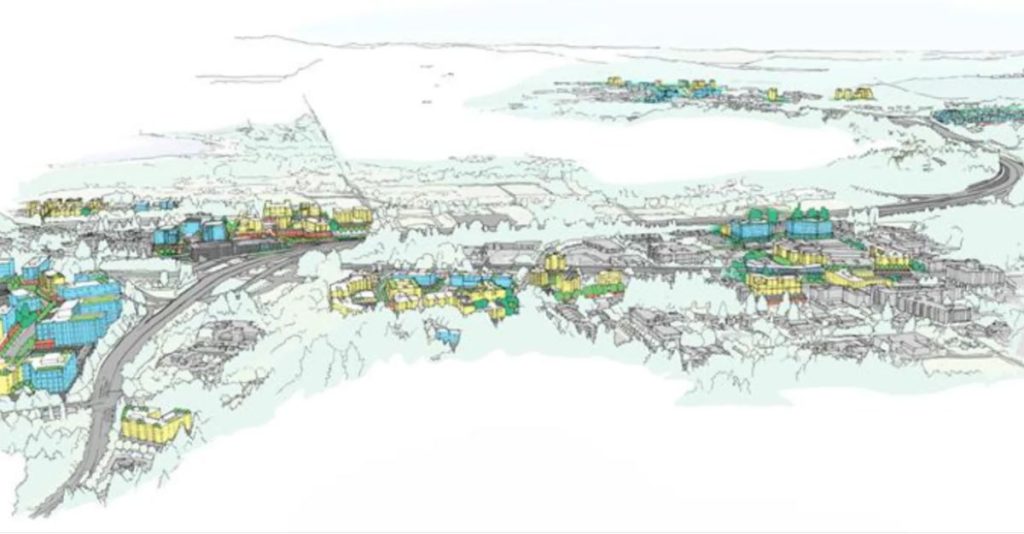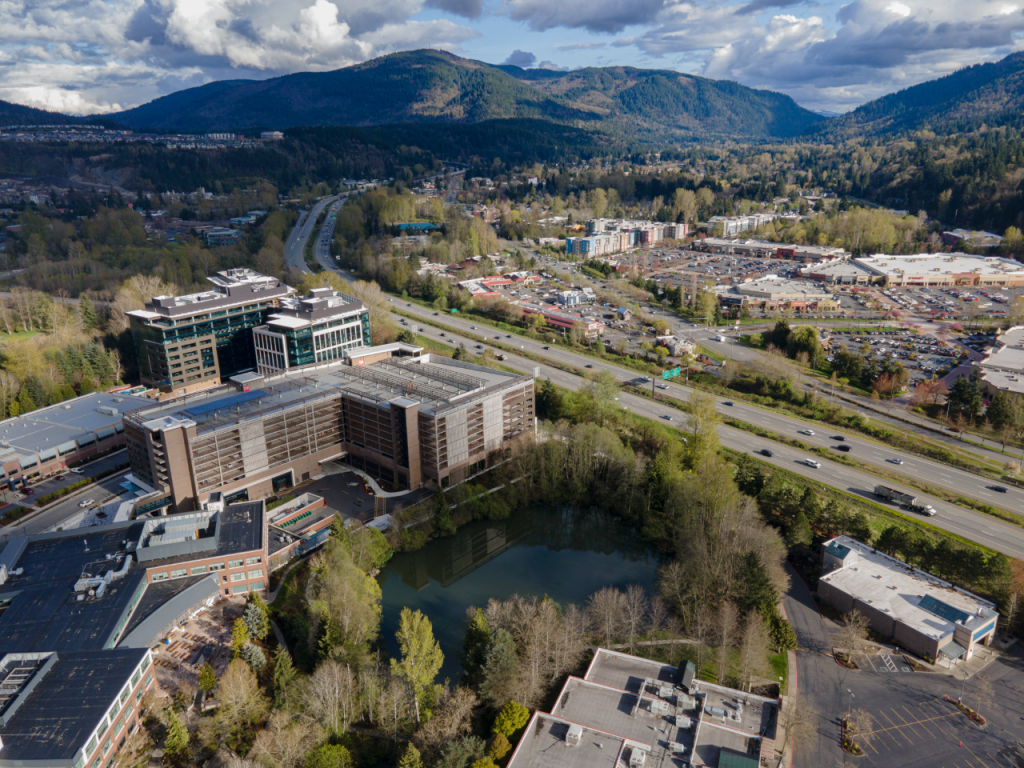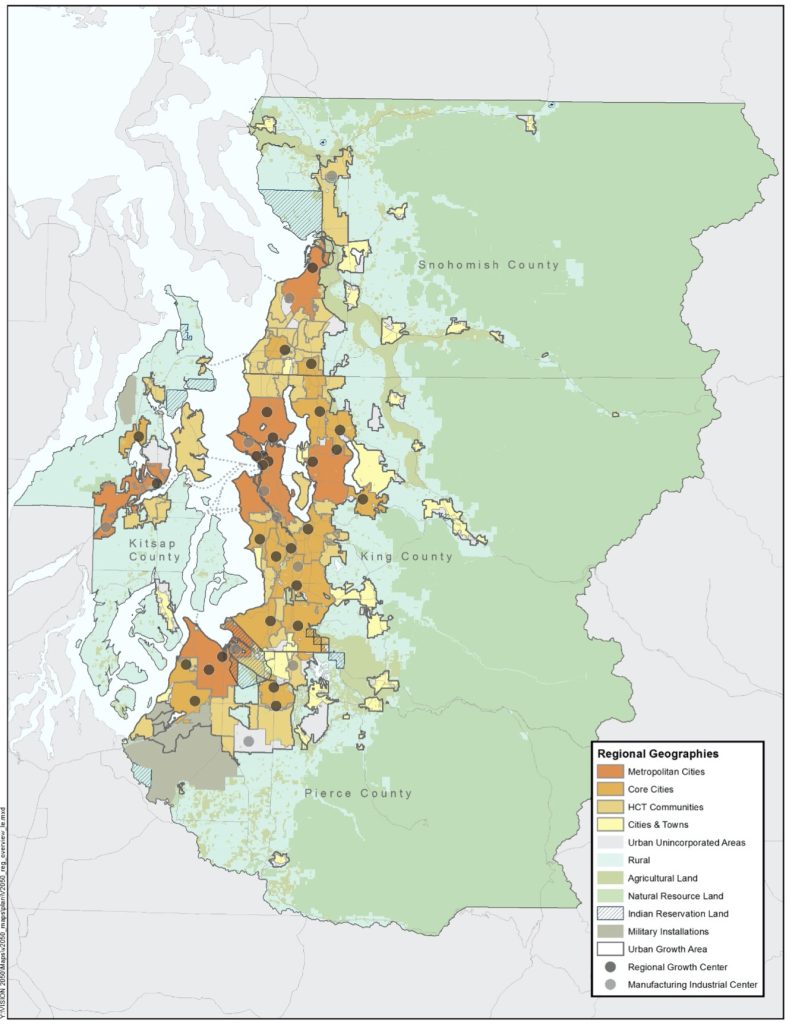
In The Matrix, Neo doesn’t wake up ready to fight. He emerges disoriented — his eyes aching, muscles atrophied, overwhelmed by a world he didn’t choose. It’s a jarring moment of truth.
Right now, Cascadia is facing a similar reckoning.
Despite a legacy of innovation, natural beauty, and a culture that values equity and sustainability, we’re stumbling through an uncomfortable awakening—exposing cracks in our governance, the limits of siloed power, and our resources. We’re failing at the basics.
Washington’s housing market is one of the least affordable in the country. In Seattle, median home prices hover near $880,000 while wages are not keeping up. Rents average $2,100 a month, pushing even middle-income workers into financial precarity. Infrastructure across the state is aging, with a backlog putting ferries, roads, and bridges at risk.
Climate change is no longer theoretical — fires, floods, and extreme heat are intensifying, disproportionately threatening Tribes and frontline communities. And confidence in public institutions is slipping: just 36% of Washingtonians trust state leadership’s direction, according to the 2025 Cascade PBS/Elway Poll.
Over the past five years, Seattle has continued to fall on the Mercer Global Quality of Life Index. That’s not just a civic disappointment — it’s an economic warning sign.

The Urbanist has reported at length on the importance and contents of the Comprehensive Plan updates in cities across Puget Sound, which were due at the end of 2024 (though Seattle missed the state deadline). Most cities and counties now have a generational blueprint for coordinated action on housing, climate, transportation, and economic opportunity. Many are bold, smart, and timely — but they are still only plans.
Ideas don’t build homes, restore ecosystems, or move buses. We need binding commitments across public, private, and social sectors to turn vision into reality.

Right now, our governance structure is imbalanced — a three-legged stool where only one leg, government, is (mostly) standing upright. The private sector holds critical levers: capital, land, data, and technology. The social sector — representing our schools, nonprofits, environmental advocates, cultural institutions, and faith communities — offers moral compass. But both sectors often act alone, in conflict, or not at all, lacking mechanisms to share responsibility, measure progress, and move decisively.
Take a case study in the incredible city of Issaquah. The 2012 Central Issaquah Plan imagines a walkable, mixed-use downtown core of walkable neighborhoods stitched together between green necklaces of parks reaching out to the Issaquah Alps. Costco, Rowley Properties, REI – Issaquah is full of big names and significant resources. The zoning changed. The vision excited many. But without aligned capital or enforceable agreements, momentum is slow. This wasn’t a failure of imagination. It is a failure of structure.

Cascadia doesn’t lack ideas. It lacks mechanisms to align them. We assume goodwill will lead to coordination. Coordination requires structure, decision rights, and accountability.
To bring the right future into the present, we need an organizational structure that can translate vision into action, bringing significant resources to bear to scale up the pace of homebuilding:
1. Joint governance frameworks that bind public, private, and civic actors to defined, measurable outcomes.
2. Shared-risk models that unlock capital, land, and mitigate risk.
3. Inclusionary approaches that balance public, private, and social priorities to create a more sustainable, democratic model and convening table.
This new growth framework is about maximizing the beauty and resources of Cascadia.
Seattle is increasingly on a global stage, competing with Copenhagen, Singapore, Paris, Tokyo, Cairo, and every other great city on earth. Businesses that invest in places don’t just do good — they solidify advantage. People rely on healthy communities for their activities of daily life and greater mobility access creates opportunities for greater socioeconomic mobility. Infrastructure upgrades strengthen supply chains — critical for tech, logistics, and clean energy sectors alike.
Consider Microsoft’s $500 million housing fund: a voluntary commitment with minor balance-sheet impact, outsized public relations benefit, workforce stability, and goodwill. Or Amazon’s HQ2 investment in Arlington, which spurred GDP growth, boosted transit expansion, and improved the local housing market.

The Puget Sound region is projected to grow to 5.8 million residents by 2050. Businesses that shape this future — by co-investing in housing, transit, and climate adaptation — will gain access to new markets, attract top talent, and lead in a global economy increasingly driven by sustainable development.
Inaction isn’t neutral.
We cannot build a resilient Cascadia by waiting or avoidance. Local Comprehensive Plans are a powerful starting block. But Cascadia’s awakening won’t happen on paper. It happens through recalibration — learning to see things clearly, rebuilding community muscles, aligning goals and incentives transparently, and working together across public, private, and social sectors. Let’s stop asking who supports the vision. Instead, let’s ask: Who’s ready to carry the load — and who’s standing in the way?

Nathan Mesaros
Nathan Mesaros is a Seattle native who has led local, national, and global strategies and programs designing the future of work.
